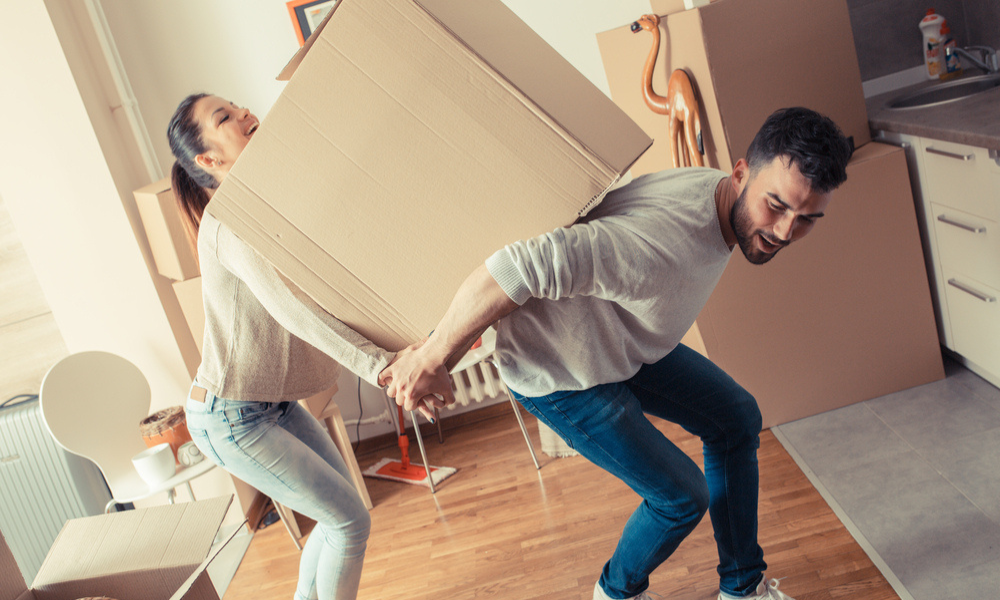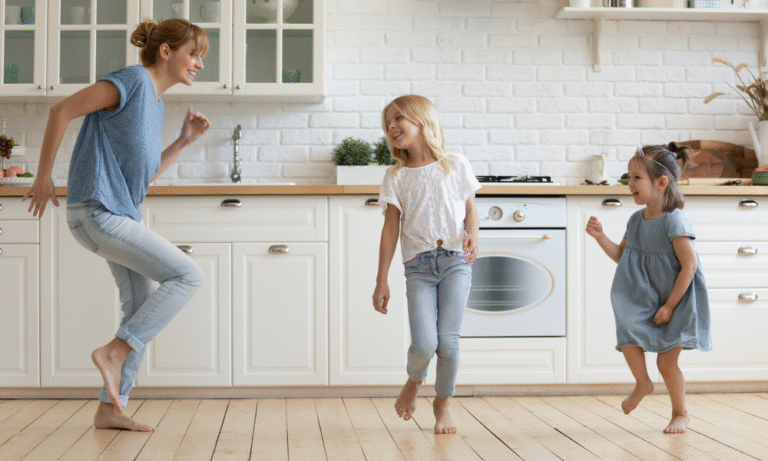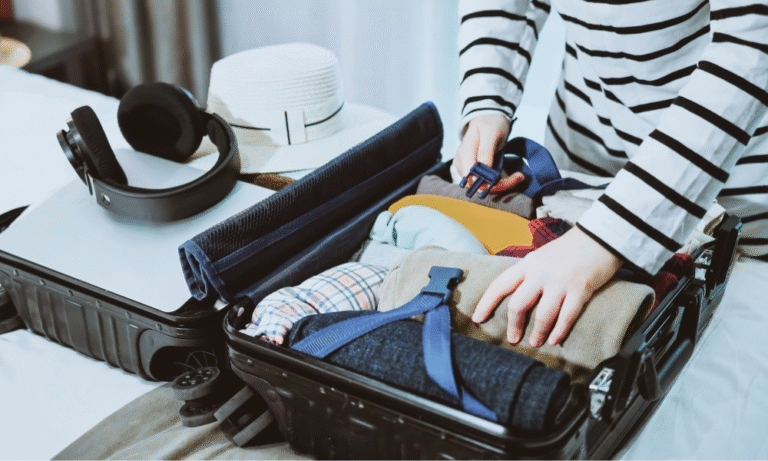Estimated reading time: 4 minutes
Moving feels like a full-body workout—except instead of a gym, you’re lifting furniture and digging through a maze of belongings. The real challenge? Preparing everything properly so that unpacking isn’t a nightmare. Fortunately, I’ve packed more times than I care to admit, and I’m here to share my stress-free strategy to help you do it like a pro.
What You’ll Learn in This Guide:
How to pack efficiently without losing your sanity
Smart ways to protect fragile and valuable belongings
Space-saving hacks that make organizing easier
Common mistakes and how to avoid them
A checklist for the last things to pack and the first to unpack
Step 1: Have a Game Plan
Diving in without a plan is the fastest way to end up with mismatched boxes and misplaced essentials. Here’s how I break it down:
Four Weeks Out: Start sorting through what you need, what can be donated, and what should go straight to the trash.
Two Weeks Out: Gather all supplies—sturdy containers, durable tape, cushioning materials, and markers for labeling.
One Week Out: Begin packing up anything you won’t need immediately—extra clothes, books, and home decor.
Last Two Days: Prepare an essentials bag. Think chargers, basic toiletries, and a change of clothes. You don’t want to be digging through everything just to find your toothbrush.
Related: The Ultimate Checklist for a Smooth Moving Day
Step 2: Use the Right Supplies

The right tools make all the difference. Instead of guessing, I rely on these essentials:
Strong Containers: Avoid flimsy options that buckle under pressure. Durable ones make loading and unloading easier.
Protective Materials: Cushion breakables with bubble wrap or soft packing paper. Avoid newspaper—it can leave ink stains.
Reliable Tape: Don’t skimp on this! Securely sealed containers prevent accidental spills.
Labels & Color Codes: Marking contents and destination rooms makes unpacking effortless.
Furniture Covers & Padding: Protect wood and upholstery from scratches with moving blankets or plastic wrap.
Want even more space-saving ideas? Check out Top Packing Hacks to Save Time and Space.
Step 3: Pack Smart, Not Hard
Fitting everything together is like playing a strategic game. Here’s how I do it efficiently:
Heavy on the Bottom, Light on Top – Whether stacking inside a container or loading a truck, weight distribution is key.
Fill Every Gap – Stuff towels or clothing in open spaces to prevent shifting.
Use What You Own – Suitcases, bins, and laundry baskets make great alternatives to traditional boxes.
Cut Handles for Easy Carrying – If a container doesn’t have grips, carve small openings on the sides for a better hold.
No-Fold Clothing Trick – Keep garments on hangers by slipping a trash bag over them and tying it at the top.
Photograph Electronic Setups – Save yourself frustration by snapping a quick picture before disconnecting anything.
Step 4: Protect Breakables & Valuables

Delicate belongings require extra care. Here’s how I keep them safe:
Plates & Glassware: Wrap each piece individually and position plates on their sides, not stacked flat.
Tech Devices: If you don’t have the original packaging, use thick padding and secure cables separately.
Artwork & Mirrors: Reinforce corners with cardboard and wrap them in blankets or bubble wrap. Keep them upright during transport.
Jewelry & Small Valuables: Use egg cartons or pill organizers to keep items from tangling.
Need more safety tips? Here’s a helpful guide: How to Safely Move Fragile Items and Valuables.
Step 5: Avoid These Common Packing Mistakes
Mistakes can make unpacking miserable. These are the biggest ones to avoid:
Overloading Containers: If it takes two people to lift, it’s too heavy. Keep weights manageable.
Skipping Labels: Thinking you’ll “just remember” is a lie. Mark everything clearly.
Forgetting an Essentials Box: Your first night in the new place shouldn’t involve searching for soap.
Packing Prohibited Items: Movers won’t transport flammable, hazardous, or perishable goods.
Want more things to watch out for? 7 Mistakes to Avoid During Your Household Move.
Step 6: What to Pack Last & Unpack First
The last things in should be:
Daily toiletries & medications
Chargers & important documents
A couple of outfits
Snacks and bottled water
The first things out should be:
Kitchen must-haves (coffee maker, basic utensils)
Bedding & pillows (because sleep matters)
Bathroom necessities (towels, soap, toilet paper)
Final Thoughts: Move Like a Pro
Packing doesn’t have to be exhausting. A solid plan, the right supplies, and a little organization make all the difference. Take your time, stay methodical, and don’t forget the essentials bag—you’ll thank yourself later.
Thinking about hiring movers instead of doing it solo? Hiring Movers vs. DIY: Which Is Best for You?.
Here’s to a smooth and stress-free move!



